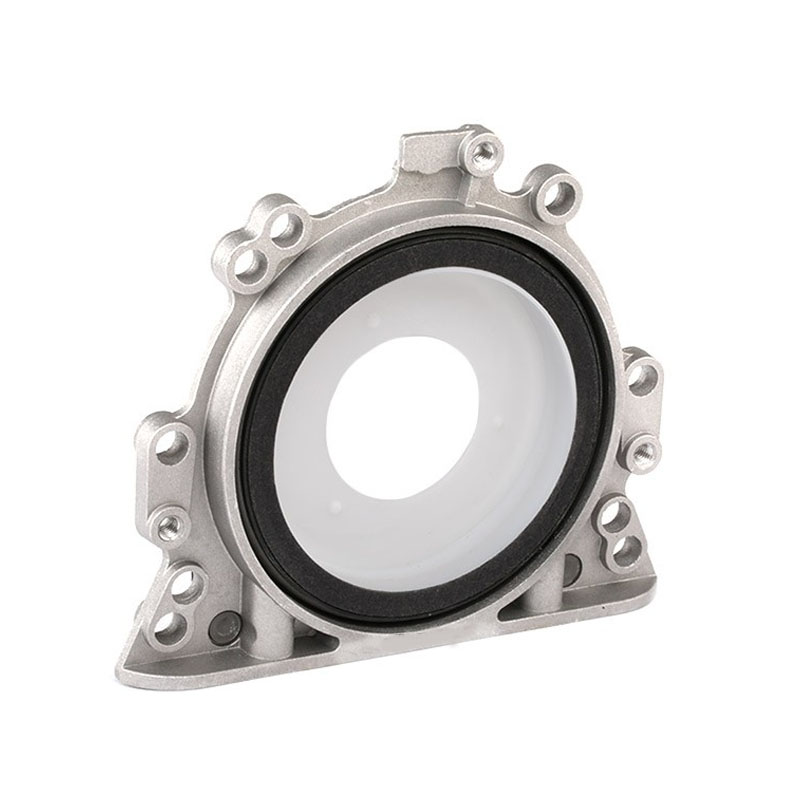torque converter shaft seal
Understanding Torque Converter Shaft Seal
The torque converter is a crucial component of an automatic transmission system, functioning as a fluid coupling that allows the engine to keep running while the vehicle is stationary. One of the essential parts of the torque converter is the torque converter shaft seal, which plays a vital role in ensuring the efficient operation of the transmission system. In this article, we will explore the purpose, function, common issues, and maintenance of the torque converter shaft seal.
Purpose and Function
The torque converter shaft seal is designed to prevent transmission fluid from leaking out of the torque converter and into the engine or the surrounding environment. Positioned at the junction where the torque converter connects to the transmission, this seal acts as a barrier that retains the hydraulic fluid needed for optimal operation. The torque converter relies on hydraulic pressure to function effectively, enabling the transfer of power from the engine to the wheels. Thus, the proper functioning of the shaft seal is critical for maintaining the hydraulic pressure within the system.
Common Issues
Over time, the torque converter shaft seal may wear out due to regular use, exposure to heat, and pressure variations. A worn or damaged seal can lead to several issues, primarily fluid leakage. This leakage can cause a decrease in hydraulic pressure, which can result in slipping gears, erratic shifting, and ultimately, transmission failure. Signs of a failing torque converter shaft seal include fluid spots under the vehicle, slipping sensations while driving, or unusual noises from the transmission area.
torque converter shaft seal

Moreover, if leaks are not addressed promptly, they can lead to low transmission fluid levels, which can cause significant damage to the transmission system. A reduction in fluid levels interferes with the lubrication of transmission components, leading to overheating and increased wear, further exacerbating the problem.
Maintenance and Replacement
Regular maintenance of the automatic transmission system can prolong the life of the torque converter shaft seal. This includes routine checks of the transmission fluid levels and condition, as well as periodic inspections for any signs of leakage. If any issues are detected, it is advisable to consult with a professional mechanic.
If the torque converter shaft seal has worn out, replacing it is necessary to ensure the efficient functioning of the transmission. The replacement process typically involves removing the torque converter from the transmission, which can be labor-intensive. Therefore, it is often best left to skilled technicians who have the experience and tools required to perform the job correctly.
Conclusion
In conclusion, the torque converter shaft seal may be a small component, but its role in the functioning of an automatic transmission system is significant. Understanding its purpose, recognizing potential issues, and performing regular maintenance can help ensure a smoother driving experience and extend the life of the vehicle’s transmission. Whether through routine checks or timely replacements, proper attention to the torque converter shaft seal is essential for maintaining automotive performance and preventing costly repairs in the long run. Regular care and early intervention can keep your vehicle running smoothly, ensuring the reliable transfer of power from the engine to the wheels.
-
Understanding the Front Main Engine Seal: Purpose, Maintenance, and Installation
News Jul.29,2025
-
Understanding O-Rings and Seal Rings: Types, Applications, and Custom Solutions
News Jul.29,2025
-
Understanding Crankshaft Oil Seals: Rear Seals, Pulley Seals, and Their Role in Engine Integrity
News Jul.29,2025
-
The Importance of Front and Rear Crankshaft Seals in Engine Performance and Oil Management
News Jul.29,2025
-
Crank Oil Seals: Functions, Types, and Cost Considerations in Engine Maintenance
News Jul.29,2025
-
A Comprehensive Guide to O-Rings and Seals: Types, Materials, and Global Applications
News Jul.29,2025
-
Mastering Diesel and Performance Engine Maintenance: A Guide to Critical Oil Gaskets
News Jul.28,2025
Products categories















